Chosen theme: Influence of Historic Events on Upholstery Styles. Discover how courts, trade winds, inventions, and crises left fingerprints on sofas and chairs, and share your own heirloom stories as we unravel the living history stitched into every seat.
Courts, Conquests, and the Birth of Opulence
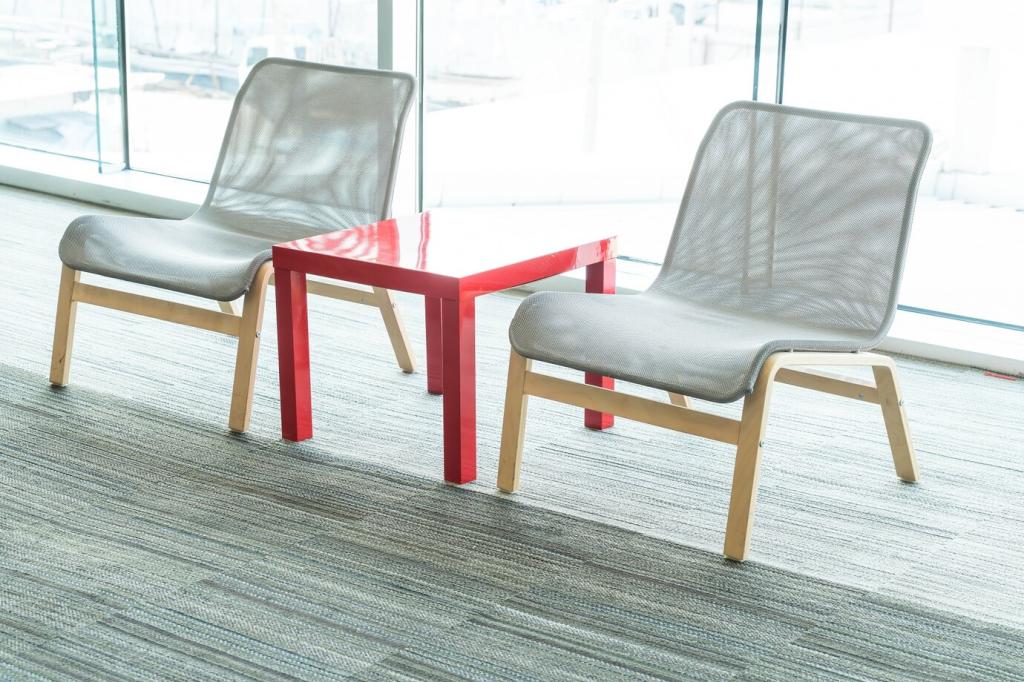
Versailles Sets the Agenda
Under Louis XIV, upholstery became royal propaganda. Damasks, gilded trims, and formal tapestry panels broadcast authority across gilded salons, pushing guilds to new heights and making the throne room a mood board for Europe.
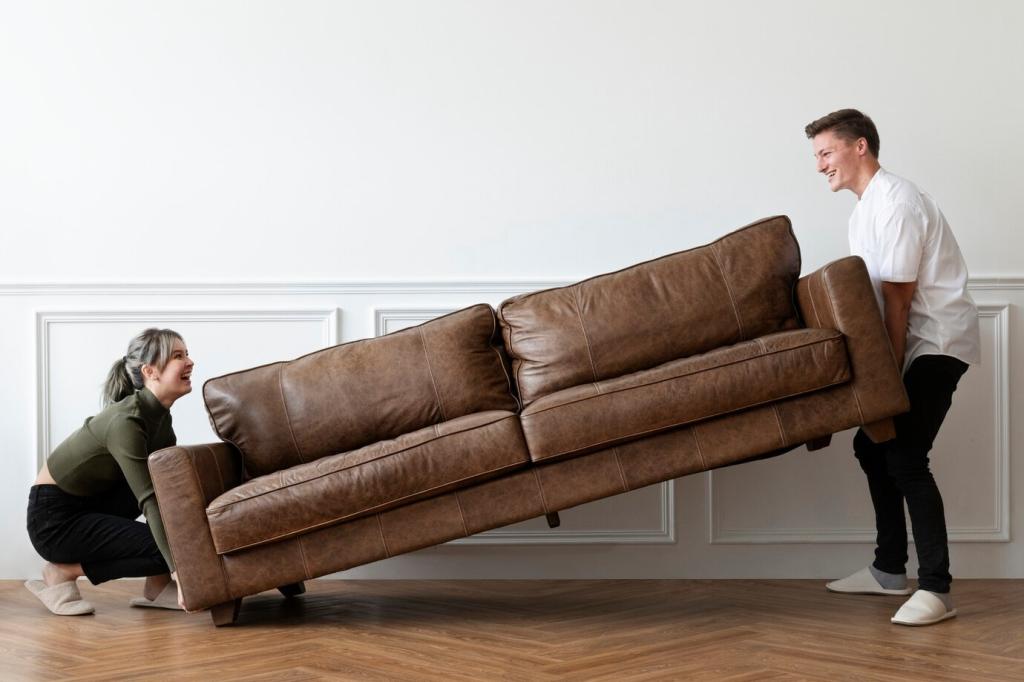
Spoils and Symbolism
Conquests and trade monopolies fed workshops like the Gobelins, while Spanish gilt leather and Ottoman velvets sailed into European palaces. Upholstery absorbed heraldic emblems and imperial flora to narrate power in brilliant fibers.
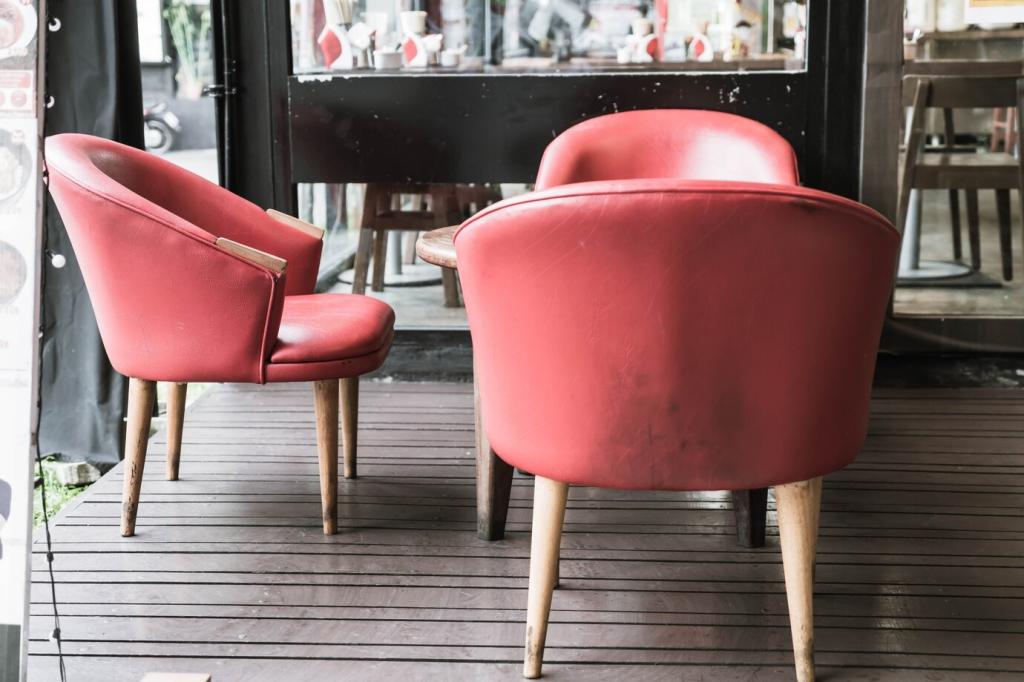
Your Heirloom, Our Archive
Do you own a carved armchair with mythic scenes or a damask footstool handed down for generations? Share its story in the comments so we can trace how history holds your seat together.
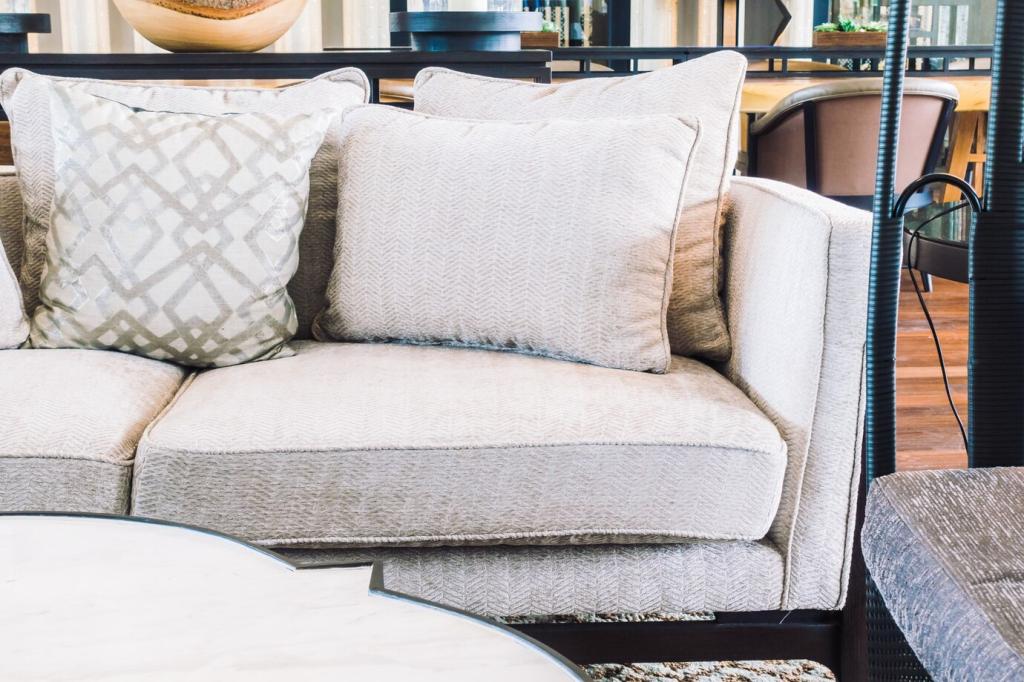
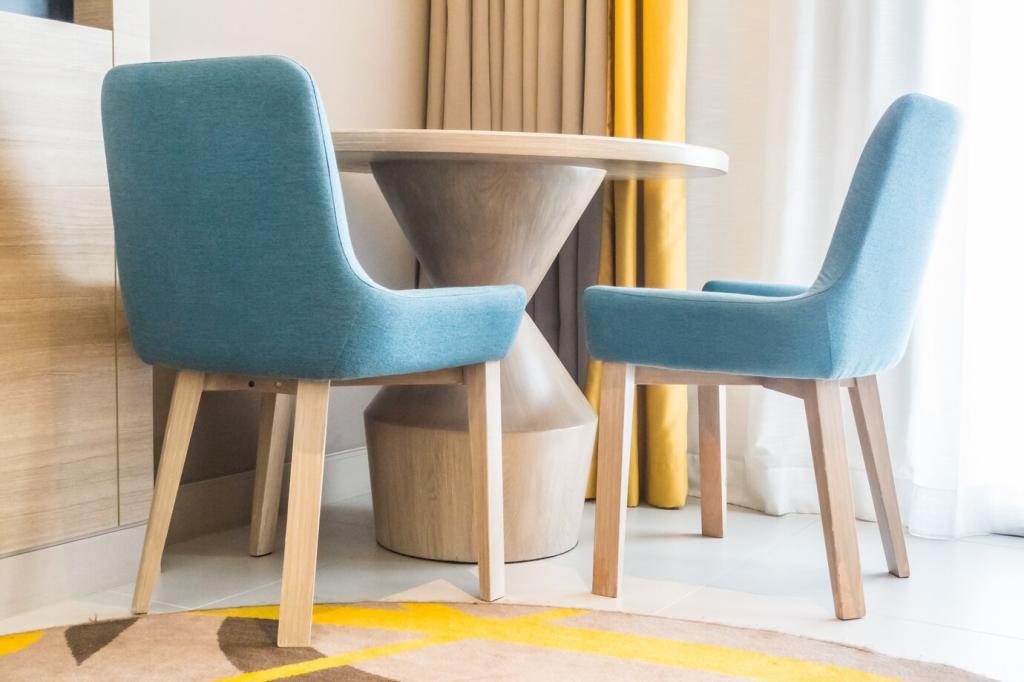
Trade Winds and Smuggled Patterns
British laws once banned popular printed cottons to protect domestic industries, reshaping upholstery choices for decades. When restrictions eased, chintz cascaded into homes, sparking floral frenzies and a fresh palette for fashionable drawing rooms.
Trade Winds and Smuggled Patterns
From Venetian brocades to Ottoman moiré, trade routes ferried shimmering fabrics and new dye recipes. Upholstery became a cartography of ports and empires, stitched in threads bright with saffron, indigo, and cochineal.
Machines, Springs, and the Industrial Revolution
Coil Springs and the Rise of Lounge Culture
Nineteenth century coil springs transformed seating from stiff perches into cushioned retreats. New suspensions, better stuffing, and evolving upholstery techniques invited long conversations, serialized novels, and afternoon naps to settle in.
Jacquard Cards, Patterns for the People
Punch card looms translated complexity into repeatable beauty, sending intricate motifs cascading across more affordable fabrics. Upholstery patterns once reserved for palaces arrived in middle class parlors with persuasive regularity.
Mail Order Modernity
Catalogs carried upholstered furniture into rural homes, promising urban comfort in flat packed crates. Standardized frames and pre chosen fabrics hinted at today’s convenience culture, while still inviting personal touches and local reupholstery.
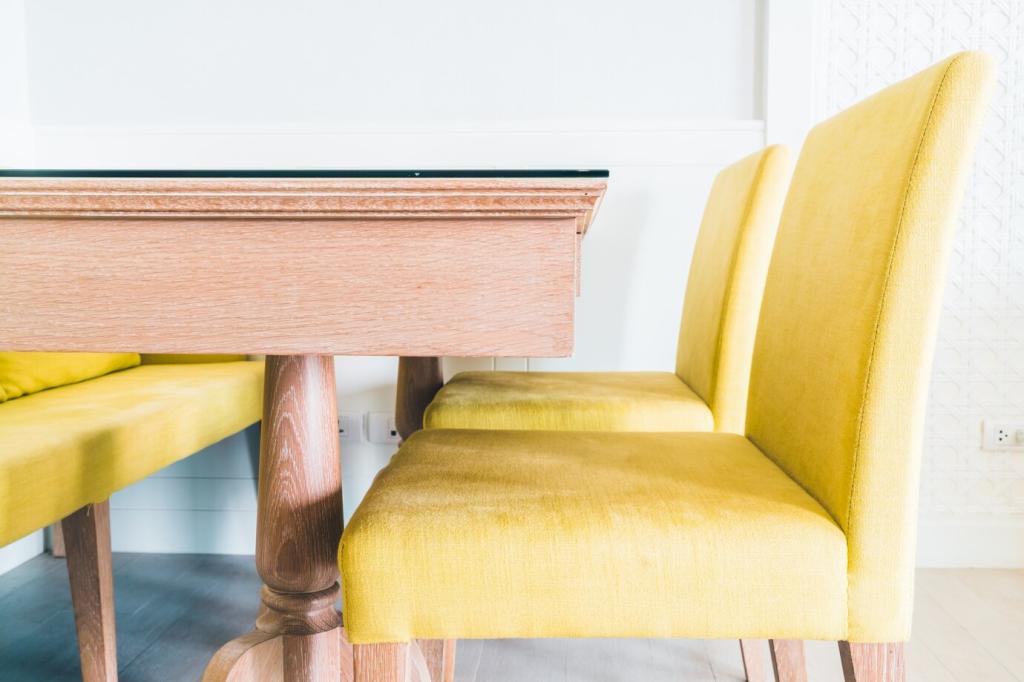
During wartime, programs like Britain’s Utility scheme prioritized durability over display. Upholsterers turned to coconut fiber, jute webbing, and minimal trims, proving restraint could still deliver dignity and long lasting comfort.
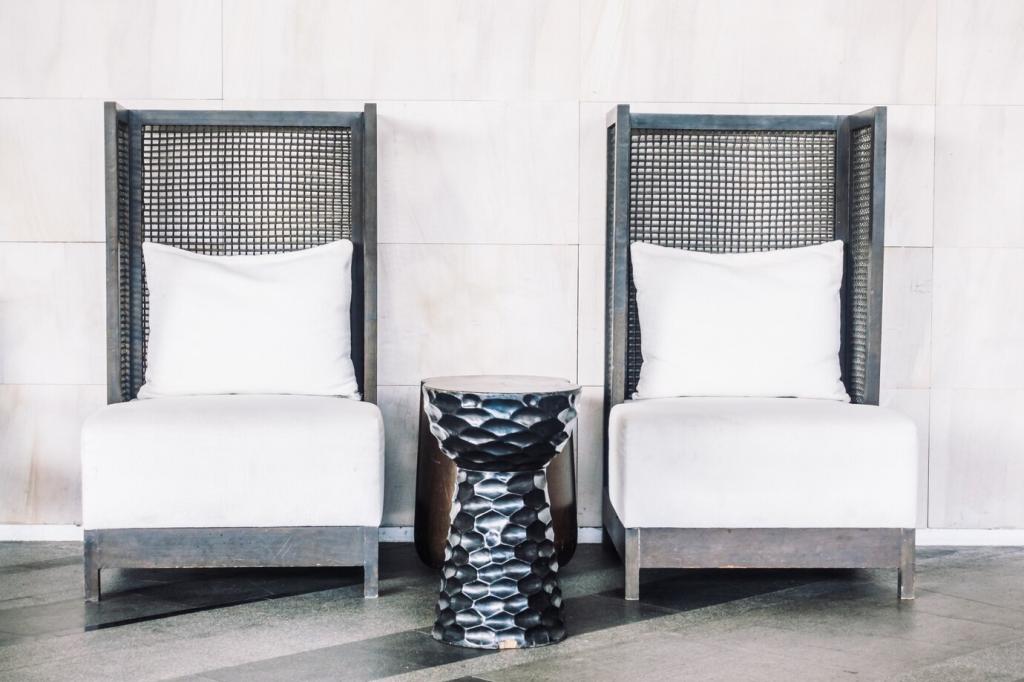
Households extended the life of beloved chairs through careful patching, slipcovers, and strategic re stuffing. Restraint became an aesthetic, and practicality a style language that still whispers through today’s tight tailored silhouettes.
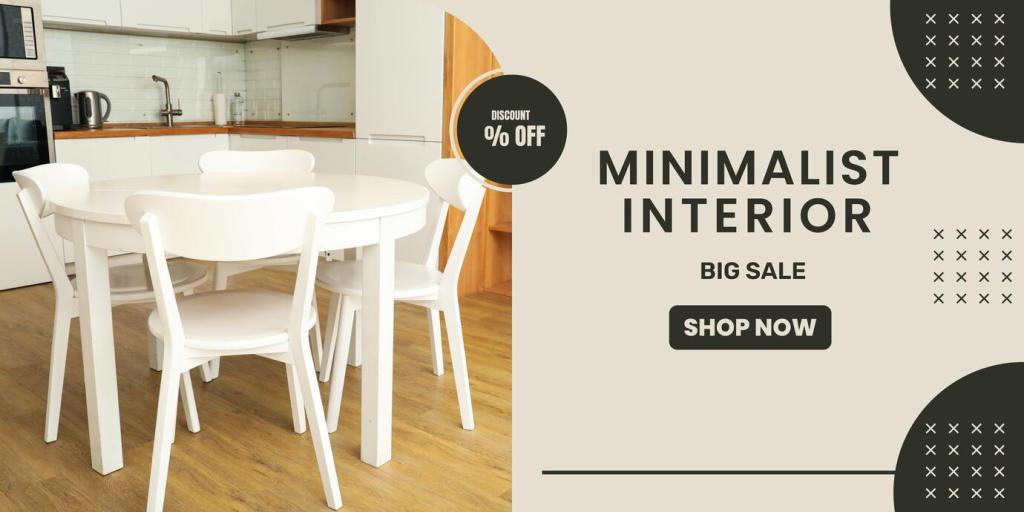
Restorers often find wartime newspapers tucked inside cushions, dated headlines crinkling beneath fabric. If you have discovered a historical surprise in your sofa, tell us the story and help date your upholstery’s secret layers.
Manifestos in Fabric: Arts and Crafts to Bauhaus to Mid Century
William Morris textiles celebrated nature and labor, favoring sturdy frames, visible joinery, and hand loomed textures. Upholstery became a moral position, asking buyers to honor the maker with every patterned leaf and bird.
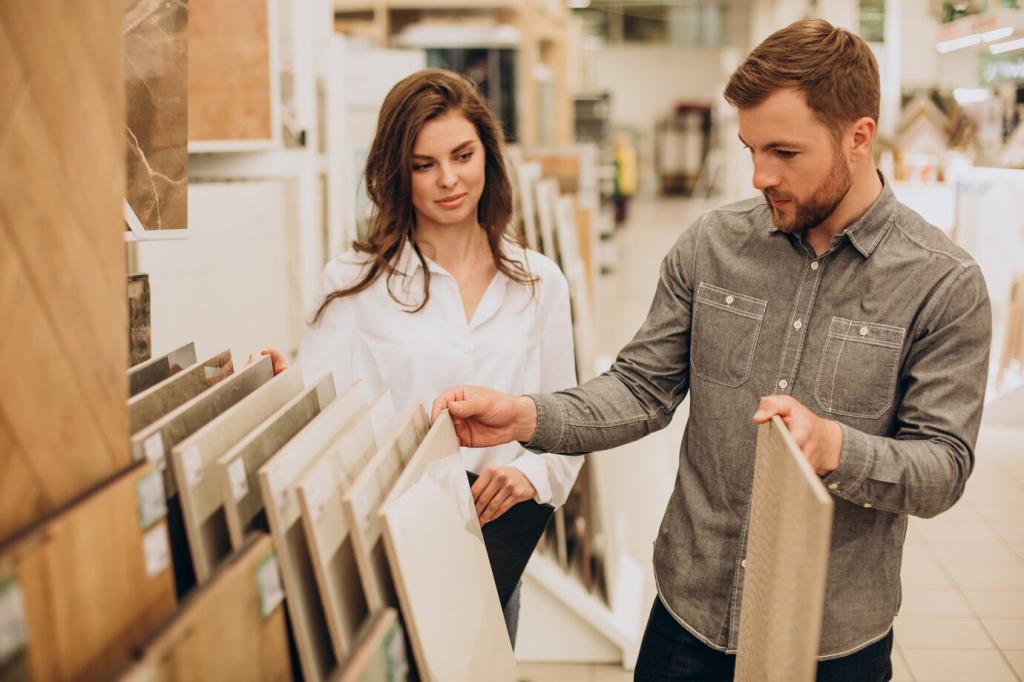
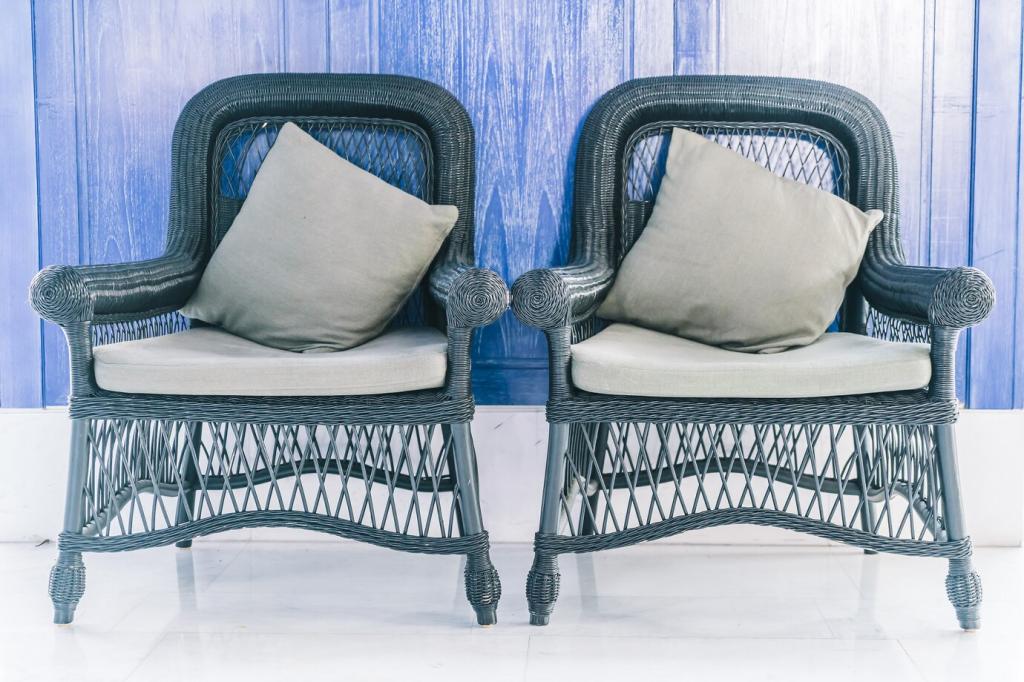
Polyester Velours and Vinyl Promise
As oil economies boomed, polyester and vinyl entered living rooms with promises of durability and shine. Affordable glamour met everyday spills, setting a precedent for performance fabrics that still guide purchasing decisions.
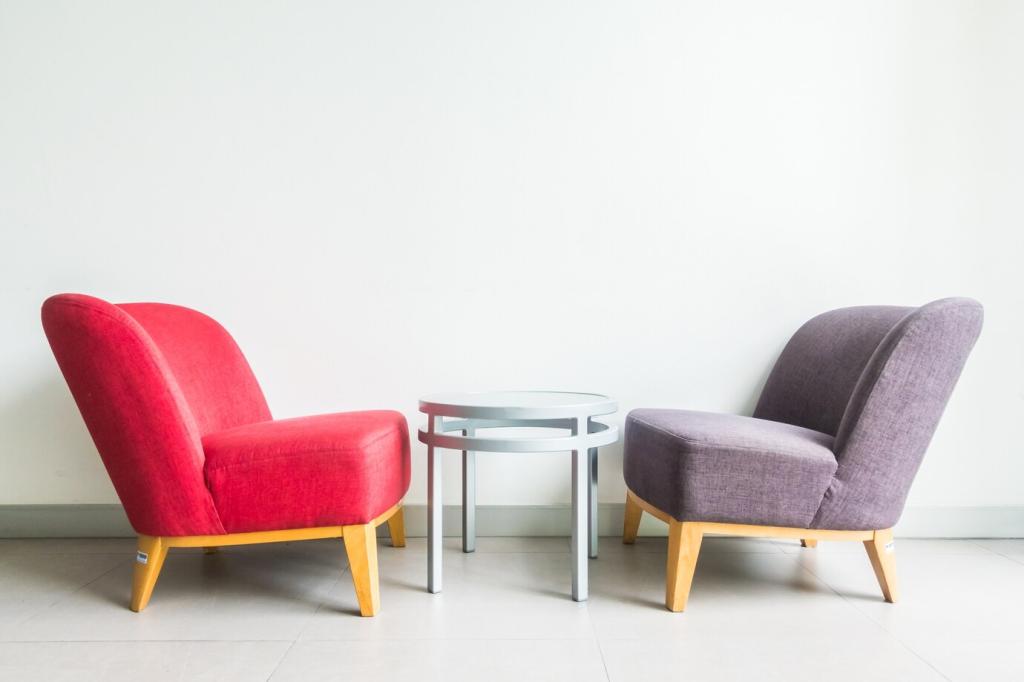
Container Ships Carry Styles Worldwide
International sourcing and logistics spread trends rapidly, moving woven ideas from one continent to another in weeks. Upholstery began to harmonize across markets, even as local workshops fought to preserve regional voices.
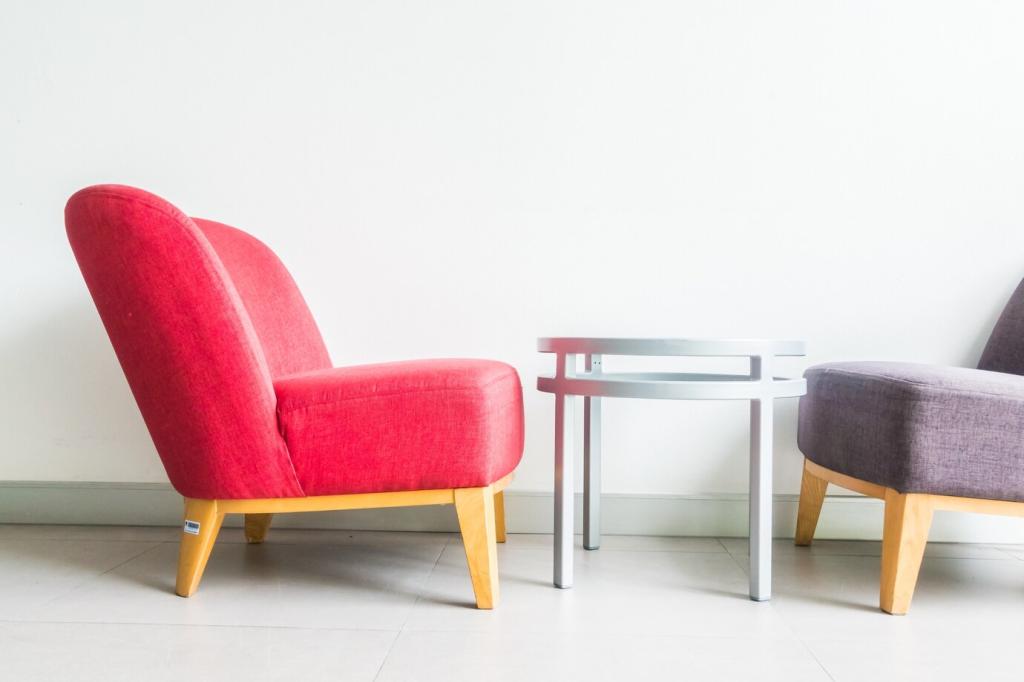
Green Returns to the Conversation
Environmental awareness pushed upholstery toward certified dyes, recycled fibers, and natural latex. Tell us which eco friendly fabrics you trust, and subscribe to follow our testing of durable, planet minded performance textiles.
Hard Times, Soft Seats: From the Depression to the Pandemic
Households stretched materials by re stuffing with horsehair, flipping cushions, and slipcovering worn armrests. Local upholsterers became lifelines, teaching a circular ethos that resurfaces whenever budgets and resources grow tight.
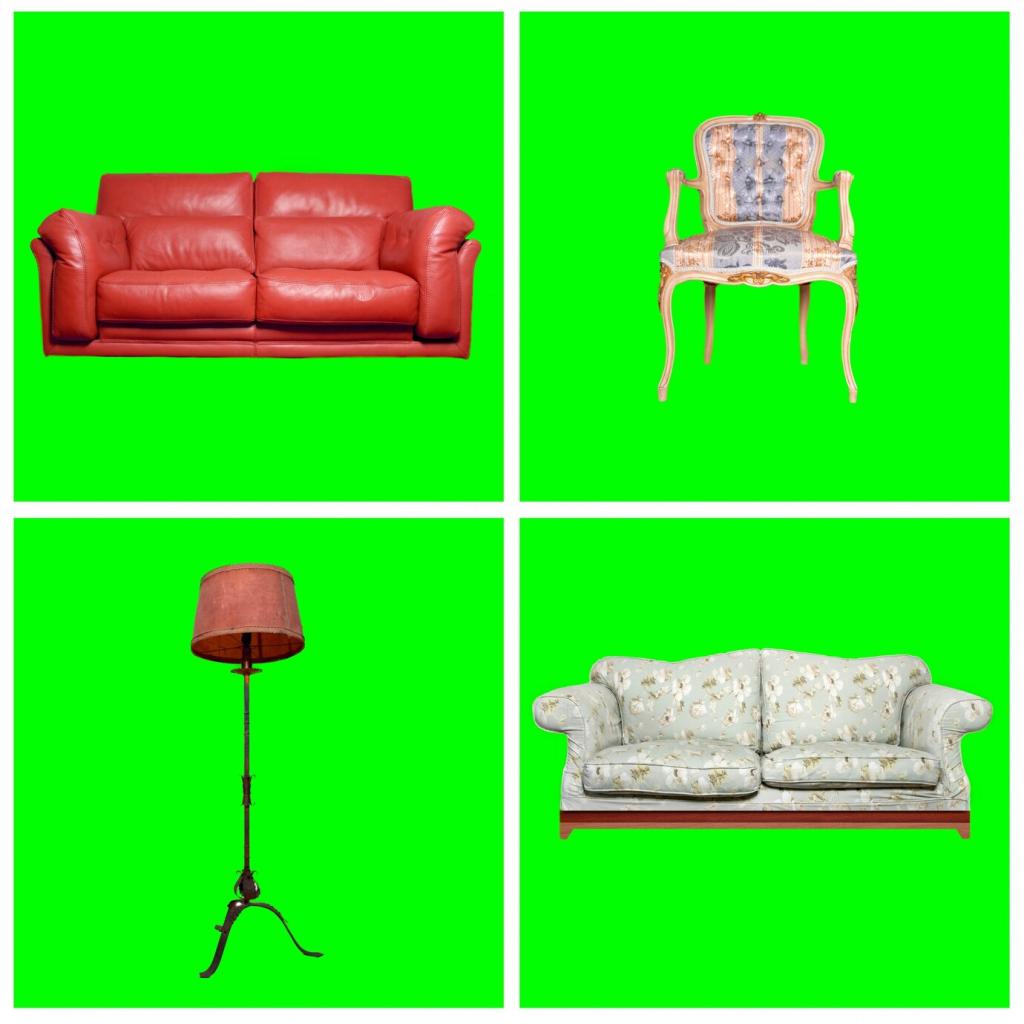
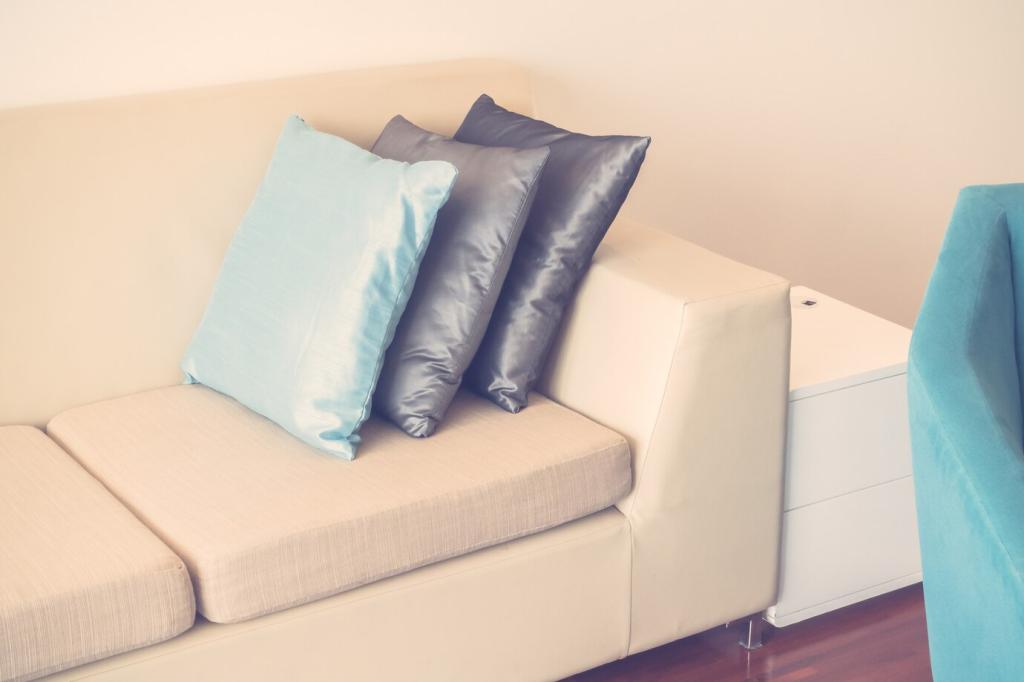
Hard Times, Soft Seats: From the Depression to the Pandemic
Neutral palettes, stain resistant microfibers, and timeless silhouettes gained ground after the financial crisis. People invested in longevity, reupholstering quality frames instead of replacing, and sharing repair tips across newly energized online communities.
